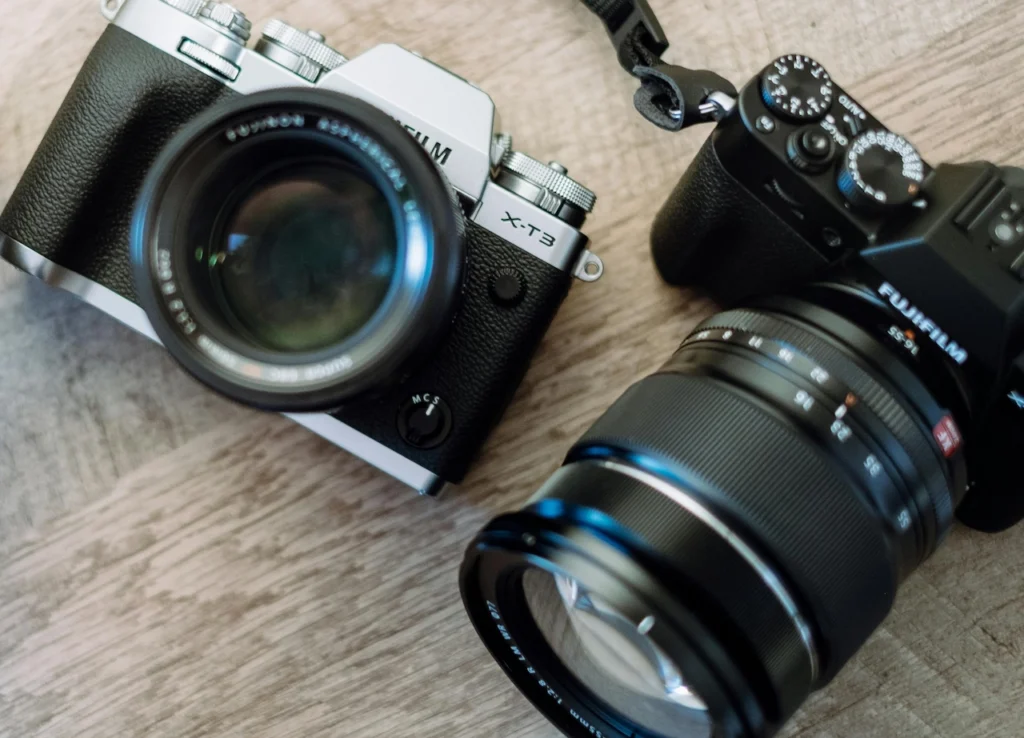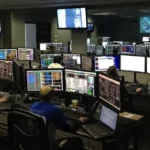During 2006, digital was rapidly growing as the best and easy way for photography for both individuals and experts. As technology progressed they became more affordable and the picture quality, size of the cameras and the controls became better. This article aims at examining various aspects of the digital cameras as they were in the year 2006 and their impacts to the area of photography.
The Rise of Digital Cameras in 2006
The use of the digital cameras had however slightly grown within the market and it was no longer seen as a gadget for the complex technology specialized users. The shift from film to digital proved to be very beneficent to the photographers since they could view their shots in a matter of seconds.

Key Features of Digital Cameras Circa 2006
1. Improved Megapixel Count
It was also evident that the key development in 2006 was the ambition to higher megapixel counts. Through this period, digital cameras usually had maximum of 6 to 10 megapixels that enhanced the image’s sharpness and resolution. This provided the users with the ability to print greater sized photos while maintaining quality and this was a unique selling proposition back then.
2. Compact and Portable Designs
Another area which was considered as an advantage in 2006 was the mobility of the models of digital cameras. Producers were more concerned with developing smaller units that are very portable by virtue of being lighter than previous models. The latter ranged from point-and-shoot, which was relatively easy to use and offered good quality pictures and was thus best suited for casual photography.
3. Optical Zoom Capabilities
In 2006, even the optical zoom technology was brought under enhancement. Most of the cameras were equipped with the 3x – 10x optical zoom, allowing to shoot distant objects in higher detail. That is why this feature was especially interesting for the travel and wildlife photographers that require the possibility to adjust the framing of the shot freely.
Benefits of Digital Cameras
1. Instant Image Review
Another benefit derived from the use of digital cameras in 2006 was that they went well with reviewing photos on LCD display of the same camera. This feature enabled the photographers to fine tune settings on location, and avoid a situation when they need to retake the shots over and over often resulting in a better final images.
2. Expanded Storage with Memory Cards
Digital cameras employed memory cards as storage media and all these allowed for the storage of high resolution pictures. Memory card formats that were in vogue at the end of first six months of 2006 were SD and CompactFlash. Several models with media size ranging from 512MB to 2GB could allow photogs to store hundreds of images without necessity to buy more memory.
3. User-Friendly Settings
The cameras in 2006 exposed more convenient options to adjust setting and features were both amateur and the professional shooters. Basic conventional modes which include portrait, landscape, and night scene were able to allow users to take their best shots, even if they had no much knowledge in photography.
This made the digital cameras more easier to be used by the general public as compared to the traditional one.
Popular Digital Camera Models in 2006
Nikon D80
Nikon D80 was among the most preferred types of digital camera that customers ordered in 2006 for the advanced users. With a 10. 2 mega pixels and a array of manual features it was designed for the serious photographers who wanted to experiment with different settings or try out different likes accessories or lenses.
Impact on Photography
1. Accessibility for Amateur Photographers
This is true based on the developments in digital camera in 2006; breaking the barriers for amateurs to take shots. Hence, if accessories could be produced in friendly importance and be cheap, more people could indulge in photography as a pastime or as a form of self-expression.
This democratization paved way to creation of photo sharing sites and social networking sites where they can easily upload works.
2. Shifting Trends in Professional Photography
For the professionals the digital cameras brought in more flexibility ad ease of working. Through the live shooting and reviewing, the photographers were able to experiment more and experiment. They did not have to worry about the negatives since they were able to photograph more with the digital cameras.
With improvement of existing technology, post processing application i.e Adobe Photoshop started being used allowing photographers to edit photos further.
Conclusion
Cameras that emerged in the digital age especially those that were in circulation in the year 2006 were greatly significant invention in the annals of photography. From the aspects of megapixels, portability, and usability, they changed the ways through which we documented and shared our experiences.
These cameras stayed stable as technology unravelled, they were the basis for the trenchant, high end devices we have today. From spontaneous photography to business photography, different digital cameras that were in use in 2006 have contributed decisively in today’s photograph.



